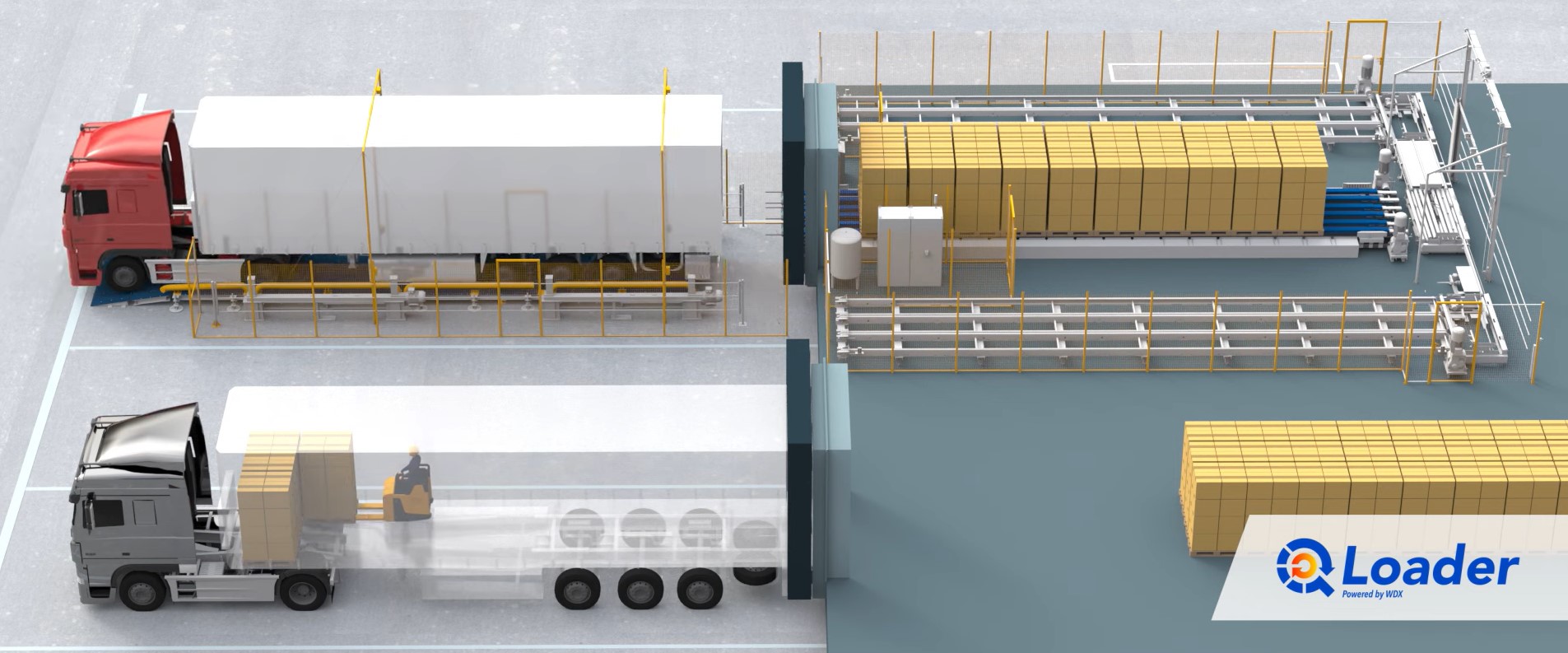
Europe Additive Manufacturing Market by Type (Desktop 3D Printer and Industrial 3D Printer), by Technology (Stereolithography, Fused Deposition Modeling, Selective Laser Sintering, Direct Metal Laser Sintering, Polyjet Printing, Inkjet Printing, Electron Beam Melting, Laser Metal Deposition, Digital Light Processing, Laminated Object Manufacturing, and Other Technology), by Component (Hardware, Software, and Services), by Application (Prototyping, Tooling, and Functional Parts), and by End User (Desktop Additive Manufacturing and Industrial Additive Manufacturing) – Opportunity Analysis and Industry Forecast, 2024–2030
Industry: Construction & Manufacturing | Publish Date: 12-Nov-2024 | No of Pages: 229 | No. of Tables: 163 | No. of Figures: 128 | Format: PDF | Report Code : CM650
Europe Additive Manufacturing Market Overview
The Europe Additive Manufacturing Market size was valued at USD 5.55 billion in 2023, and is predicted to reach USD 7.18 billion by 2030, at a CAGR of 18.6% from 2024 to 2030. In terms of volume, the market size was 312 thousand units in 2023, and is projected to reach 1385 thousand units by 2030, with a CAGR of 21.6% from 2024 to 2030.
The additive manufacturing (AM) market, also known as additive layer manufacturing (ALM) or three-dimensional (3D) printing, includes the global industry focused on the development, production, and distribution of technologies and materials used to create three-dimensional objects layer by layer from digital models. This market serves various sectors, including aerospace, automotive, healthcare, and consumer goods, providing innovative solutions for prototyping, production, and custom manufacturing.
AM is known for its ability to produce highly complex and customized components with minimal material waste, resulting in significant cost savings and environmental benefits. A key characteristic of this market is the variety of printing technologies available, such as stereolithography (SLA), selective laser sintering (SLS), and fused deposition modelling (FDM), each designed for specific industry needs and applications.
Additionally, the rapid prototyping capability of AM accelerates product development cycles, enabling businesses to innovate and bring products to market more quickly than traditional manufacturing methods.
Surge in Investments by Manufacturers Drives the Growth of the Market
Investments by manufacturers across Europe are driving the demand for additive manufacturing (AM) by integrating cutting-edge technologies into production processes. This investment trend, exemplified in Italy's Industrial 4.0 initiative, underscores a shift towards advanced manufacturing.
Italy, as Europe's second-largest manufacturing country, witnessed significant investment growth, boosting AM adoption for rapid prototyping, complex part production, and customized solutions. This strategic move aims to enhance manufacturing efficiency, reduce costs, and accelerate time-to-market, bolstering competitiveness both domestically and globally.
Rapid Growth of the Aerospace and Defense Sector Boosts the Demand for Additive Manufacturing
The growth of Europe's aerospace and defense sector is propelling heightened demand for AM technologies. Focused on producing lightweight, high-performance components, 3D printing offers advantages such as design flexibility, rapid prototyping, and cost-efficiency.
In Finland, for instance, the aerospace industry's robust growth, highlighted by a turnover of approximately USD 2.27 billion in 2022, emphasizes the sector's commitment to enhancing capabilities and maintaining global competitiveness. As these industries seek to streamline production processes and innovate with advanced manufacturing methods, the integration of additive manufacturing becomes increasingly crucial, driving significant demand across the region.
High Upfront Cost Restrains the Market Growth
The high upfront cost of additive manufacturing equipment, materials, and training serves as a significant restraining factor to the Europe additive manufacturing market growth. This substantial investment poses a major hurdle for businesses, particularly smaller ones, limiting their ability to enter the market or expand their capabilities.
Additionally, the cost of materials and training further adds to the overall expense. Consequently, many businesses are deterred from adopting AM technology due to these high upfront costs, thereby impeding the additive manufacturing market growth.
Integration of Artificial Intelligence (AI) in Additive Manufacturing Presents Lucrative Opportunity for Market Expansion
The integration of Artificial Intelligence holds immense potential to drive Europe additive manufacturing market expansion by optimizing production processes, enhancing product design capabilities, and enabling the creation of highly customized and complex objects. By incorporating AI, companies can analyze vast amounts of data collected during the printing process—such as material properties, printing parameters, and environmental conditions—to identify patterns, optimize settings, and predict potential defects. This leads to improved print quality and reduced waste.
Germany Dominates the Europe Additive Manufacturing Market Share
The aerospace industry's significant presence in Germany drives demand for additive manufacturing due to its stringent requirements for high-performance, lightweight, and intricate components. 3D printing enables the creation of complex geometries that are challenging or impossible to achieve with traditional methods, resulting in parts that are both lighter and stronger.
According to a 2023 report by ITA, Germany ranks third in Europe's aerospace and defense market, with revenues reaching USD 41.1 billion in 2022, following the UK (USD 101.4 billion) and France (USD 66 billion). Consequently, German aerospace firms are increasingly embracing 3D printing for rapid prototyping and on-demand production to boost efficiency, innovation, and competitiveness in a highly regulated industry.
Furthermore, the concentration of additive manufacturing companies in Germany is accelerating market growth by fostering a competitive and innovative ecosystem that promotes technological advancements and adoption. Companies such as Newmatik GmbH and 3D MicroPrint contribute to a dynamic environment where continuous innovation enhances 3D printing solutions.
These firms utilize 3D printing for prototyping, proof-of-concept, small-volume production, spare parts, and customized items, driving further development and expansion. According to the latest ITA report, Germany leads Europe's 3D printing market, with growth rates reaching up to 15% in 2023. This underscores the preference of local German companies for in-house 3D printing facilities, further stimulating demand for 3D printing technologies within the country.
Finland to Witness Substantial Growth in the Additive Manufacturing Market
The expansion of Finland's aerospace and defense sector is generating increased demand for additive manufacturing (AM) technologies. Focused on manufacturing lightweight and high-performance components, 3D printing offers distinct advantages such as enhanced design flexibility, rapid prototyping, and cost-effectiveness.
According to ITA's 2023 report, Finland's aerospace industry is experiencing robust growth, achieving a turnover of approximately USD 2.27 billion in 2022. As Finland's aerospace and defense sectors aim to strengthen their capabilities, reduce production times, and enhance global competitiveness, the integration of 3D printing becomes increasingly crucial, thereby driving demand for these innovative technologies.
Additionally, a rise in government investment in AM research and development in Finland is further stimulating demand by incentivizing industry adoption. Increased financial support for R&D initiatives is fostering innovation and advancing AM processes, materials, and applications.
In April 2022, the Finnish Additive Manufacturing Ecosystem (FAME) launched the Database for Radically Enhancing Additive Manufacturing and Standardization (DREAMS) project. This initiative, led by DIMECC and funded by participating companies and Business Finland, aims to establish a comprehensive, open database of metals used in 3D printing for the Finnish industry. The project involves studying approximately 10,000 metal test rods produced using various 3D printers and methods, thereby amplifying demand across multiple sectors in Finland.
Competitive Landscape
The prominent key players operating in the Europe additive manufacturing industry include HP Inc., Colibrium Additive (GE Aerospace), EOS GmbH, Stratsys, Trumpf, 3D Systems Inc., Formlabs, Desktop Metal Inc., DMG Mori AG, Proto Labs Inc., and others.
Europe Additive Manufacturing Market Key Segments
By Type
-
Desktop 3D Printer
-
Industrial 3D Printer
By Technology
-
Stereolithography
-
Fused Deposition Modeling
-
Selective Laser Sintering
-
Direct Metal Laser Sintering
-
Polyjet Printing
-
Inkjet Printing
-
Electron Beam Melting
-
Laser Metal Deposition
-
Digital Light Processing
-
Laminated Object Manufacturing
-
Other Technology
By Component
-
Hardware
-
Software
-
Design Software
-
Inspection Software
-
Printer Software
-
Scanning Software
-
-
Services
By Application
-
Prototyping
-
Tooling
-
Functional Parts
By End User
-
Desktop Additive Manufacturing
-
Educational Purpose
-
Fashion & Jewellery
-
Objects
-
Dental
-
Food
-
Other Desktop Additive Manufacturing
-
-
Industrial Additive Manufacturing
-
Automotive
-
Aerospace & Defense
-
Healthcare
-
Consumer Electronics
-
Power & Energy
-
Other Industrial Additive Manufacturing
-
By Country
-
The UK
-
Germany
-
France
-
Italy
-
Spain
-
Denmark
-
Netherlands
-
Finland
-
Sweden
-
Norway
-
Russia
-
Rest of Europe
Key Players
-
HP Inc.
-
Colibrium Additive (GE Aerospace)
-
EOS GmbH
-
Stratsys
-
Trumpf
-
3D Systems Inc.
-
Formlabs
-
Desktop Metal Inc.
-
DMG Mori AG
-
Proto Labs Inc.
REPORT SCOPE AND SEGMENTATION:
|
Parameters |
Details |
|
Market Size Value in 2023 |
USD 5.55 billion |
|
Revenue Forecast in 2030 |
USD 7.18 billion |
|
Growth Rate |
CAGR 18.6% from 2024 to 2030 |
|
Market Volume in 2023 |
312 thousand units |
|
Market Forecast in 2030 |
1385 thousand units |
|
Volume Growth Rate |
CAGR of 21.6% from 2024 to 2030 |
|
Analysis Period |
2023–2030 |
|
Base Year Considered |
2023 |
|
Forecast Period |
2024–2030 |
|
Market Size Estimation |
Billion (USD) |
|
Growth Factors |
|
|
Companies Profiled |
10 |
|
Market Share |
Available for 10 companies |
|
Countries Covered |
12 |
|
Customization Scope |
Free customization (equivalent up to 80 working hours of analysts) after purchase. Addition or alteration to country, regional, and segment scope. |
|
Pricing and Purchase Options |
Avail customized purchase options to meet your exact research needs. |




 Speak to Our Analyst
Speak to Our Analyst


































